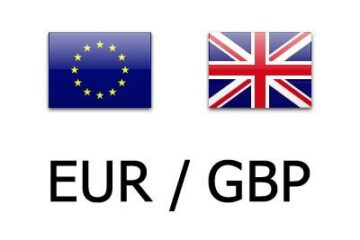The Federal Reserve cut interest rates by 0.25% again, bringing the federal funds rate range to between 4.25% and 4.5%. This is the third consecutive rate cut this year, but it may be the beginning of the end of rapid rate cuts.
The Fed has signaled it will take a slower approach next year as Americans, markets and policymakers await the policies that will be implemented by the incoming Trump administration.
How the inflation rate changes over the next few months will determine the Fed’s approach, but many are worried about what surging inflation would mean for the economy.
🏦 🏡 Don’t miss the move: SIGN UP for TheStreet’s FREE daily newsletter 🏦 🏡
Trump’s proposed tariffs — suggested for China and other key U.S. trading partners, Mexico and Canada — have become a focal point for consumers and government agencies. A trade war would drive consumer prices up drastically, impeding the Fed’s ability to tame inflation.
We spoke with Kevin Nicholson, CFA, and global fixed income chief investment officer at Riverfront Investment Group, about what the Fed has in store for 2025 and how inflation will factor into fiscal policy.
Fed chair Jerome Powell speaks on inflationary concerns.
Stubborn inflation will continue into 2025
Almost half of all voters ranked inflation as their top economic issue during the 2024 presidential election. Despite Trump winning the election on the promise to bring down prices, he has recently admitted deflation will be difficult to achieve.
His proposed 25% tariffs on goods from Mexico and Canada and 10% tariffs on Chinese goods would have a ripple effect on the price of groceries, cars, and electronics.
The Federal Reserve Bank of New York found that household expectations for inflation have increased in both the short term and the long term. While Trump’s policies aren’t set in stone, consumers are preparing themselves for the possibility of higher inflation in 2025.
More on interest rates:
The surprising reason mortgage rates are up despite interest rate cutsFed chair Jerome Powell issues warning on inflation, weak housing marketDave Ramsey shares a major mortgage, interest rate strategy now
Nicholson explains how the battle against inflation will play out next year.
“Well, as of right now, inflation has been stickier than everyone has thought,” he said. “And if you add tariffs into the mix, that means that goods may end up costing more, especially if there is retaliation from these other countries that we place tariffs on.”
“So overall, I think that inflation is going to be more sticky than everyone expects, and therefore, it’s going to force yields higher,” he continued. Ultimately, we will see the Fed pause.”
Federal funds rate may be higher than markets expect
Fed chair Jerome Powell indicated that a more reserved approach to interest rate cuts will be taken next year. This is a departure from the wave of rate cuts in 2025, most economists predicted, following the hefty 0.5% rate cut in September.
The Fed and consumers are closely monitoring the inflation rate, and Powell has noted that getting inflation below 2% remains the Fed’s top priority.
Related: Dave Ramsey bluntly speaks on interest rates and mortgages
Nicholson predicts that the federal funds rate will be higher than the markets anticipate, indicating that the Fed may not cut rates much next year.
It’s important to remember that in 2025, the Fed will be slower to lower than the market expects,” he explained. “Even though the Fed started their rate cuts in September with a big bang, I think that they’re going to now start to slow those down and be more data dependent, largely because the economic growth has continued in light of them cutting rates.”
“What the Fed doesn’t want to do is induce further inflation,” he said. “I think we’ll see the federal funds rate reach around 3.875 by the end of 2025. I think that the neutral rate will actually be higher than what the market is expecting at the moment.”
Related: The 10 best investing books (according to stock market pros)


